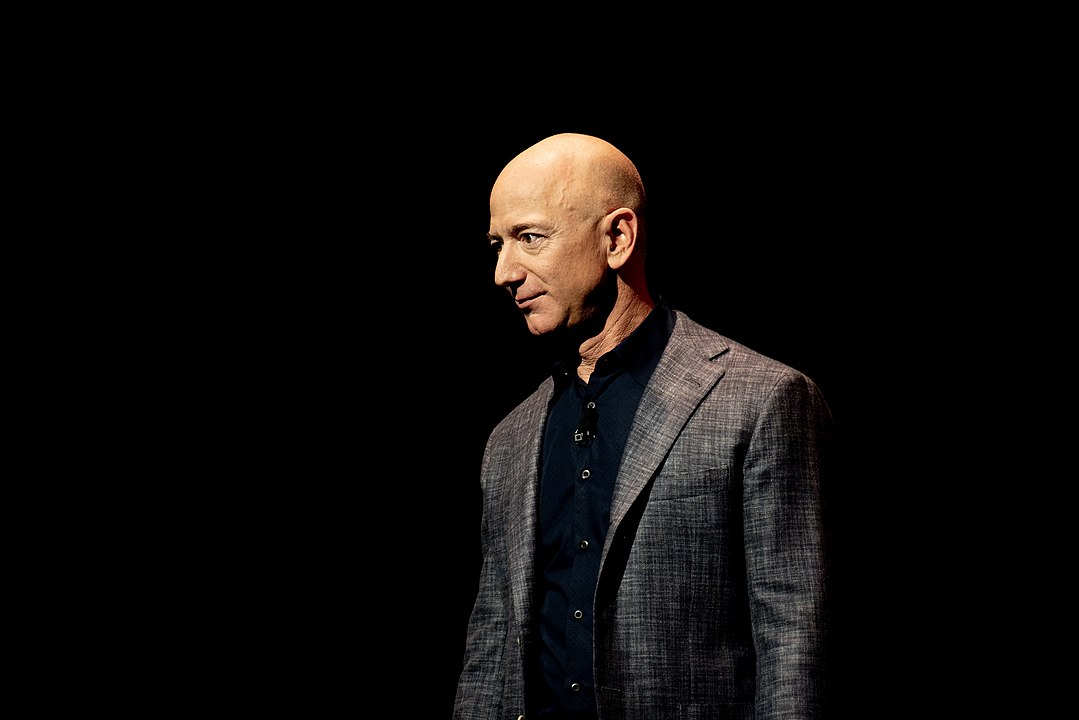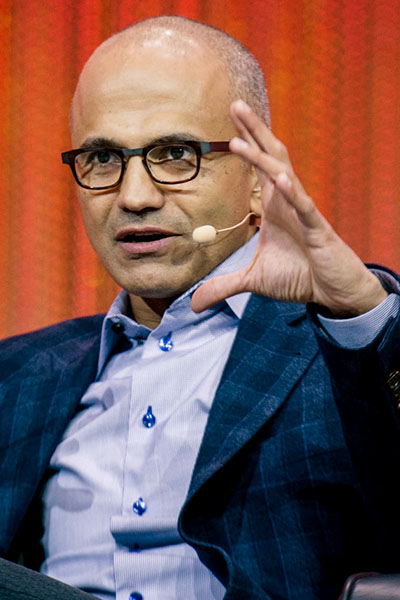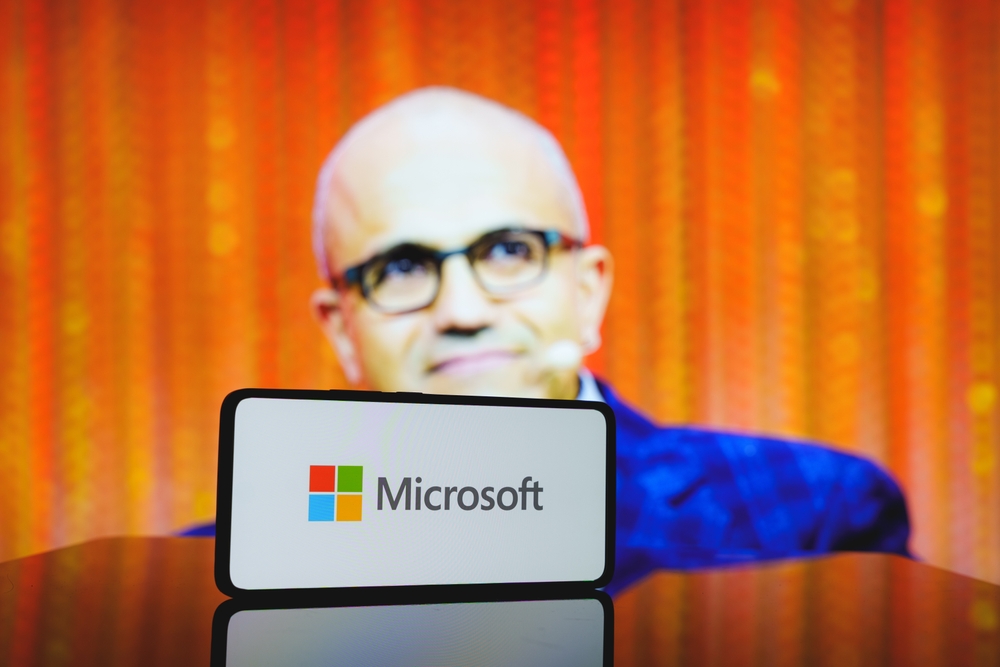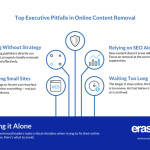The CEO Playbook for Business Longevity: How Leaders Are Future-Proofing Their Companies
Why Business Longevity Is the New Competitive Advantage
In today's rapidly changing economy, corporate lifespans are shrinking. The average company now stays on the S&P 500 for just 18 years, down from 61 years in 1958. Forward-thinking CEOs are fighting back by reinventing how they future-proof their organizations—from AI-driven adaptation to corporate "immune systems" that prevent decline.
Here's how the world's top executives are building businesses that will thrive for decades to come.
1. The Amazon Model: Institutionalizing Reinvention
Key Strategy: Jeff Bezos built "Day 1" mentality into Amazon's DNA—the relentless approach of a startup, even as a trillion-dollar company.
How It Works:
-
Mandates that teams work backwards from future customer needs
-
Structures the company as thousands of micro-businesses (AWS started this way)
-
Measures success in decades, not quarters
Result: Amazon has entered and dominated 5+ new industries in 20 years.

Image by Daniel Oberhaus - Own work, CC BY 4.0, https://commons.wikimedia.org/w/index.php?curid=99823440
2. Microsoft's Second Act: The Satya Nadella Playbook
Key Strategy: Nadella transformed Microsoft from a declining PC company into a cloud/AI leader by:
-
Shifting culture from "know-it-all" to "learn-it-all"
-
Betting big on platforms, not just products (Azure, GitHub, OpenAI)
-
Making long-term partnerships (like the $10B OpenAI deal)
Result: Microsoft became the world's most valuable company again after being written off.

Photo: LE WEB PARIS 2013 - CONFERENCES - PLENARY 1
3. Berkshire Hathaway: The Anti-Disruption Model
Key Strategy: Warren Buffett built longevity through:
-
Buying "moat" businesses (See's Candies, GEICO) that resist competition
-
Extreme decentralization (HQ staff: 25 people for $900B company)
-
Financial "oxygen tanks" ($150B cash buffer for crises)
Lesson: Sometimes the best disruption is being the last one standing.
4. Disney's Content Flywheel: 100-Year Relevance
Key Strategy: Bob Iger's "franchise not films" approach:
-
Acquired Pixar, Marvel, Star Wars, Fox to own timeless IP
-
Built direct-to-consumer infrastructure (Disney+)
-
Parks as physical R&D labs for new tech (AI characters, VR rides)
Result: Disney has reinvented itself across 9 decades of technological change.

Bob Iger
5. The Unilever Doctrine: Purpose as Profit
Key Strategy: Former CEO Paul Polman proved sustainability drives long-term value by:
-
Tying executive pay to sustainability metrics
-
Acquiring purpose-driven brands (Dove, Ben & Jerry's)
-
Publishing 10-year impact reports alongside financials
Data: Unilever's sustainable brands grow 69% faster than others.

Paul Polman
The 5 Pillars of Corporate Longevity
-
Adaptation Engines
-
Google's "20% time" policy birthed Gmail, Adsense
-
Tesla's over-the-air updates turn cars into evolving platforms
-
-
Financial Shock Absorbers
-
Apple's $100B+ cash reserves
-
Toyota's "war chest" approach to R&D
-
-
Culture as Competitive Armor
-
Netflix's "Freedom & Responsibility" culture doc
-
Patagonia's mission-locked corporate structure
-
-
Ecosystem Thinking
-
Salesforce's AppExchange (50% of revenue)
-
Tencent's WeChat as "a country inside your phone"
-
-
Leadership Gene Therapy
-
Microsoft's CEO succession planning (Nadella was 3rd choice)
-
Apple's Tim Cook-to-Jony Ive knowledge transfer system
-
The Longevity Killers: Why Companies Fail
-
Innovation Myopia (Kodak invented digital cameras but buried them)
-
Quarterly Capitalism (IBM's 20 straight revenue declines)
-
Cultural Rigidity (Boeing's shift from engineering to finance)
-
Platform Blindness (Blockbuster rejecting Netflix's offer)
The Bottom Line
Business longevity isn't about luck—it's about design. The companies that will thrive in 2050 are already:
-
Running multiple time horizons (1yr, 5yr, 20yr plans)
-
Building "corporate immune systems" against disruption
-
Measuring what matters (not just quarterly EPS)
As Microsoft's Nadella says: "Long-term thinking is the ultimate short-cut."














